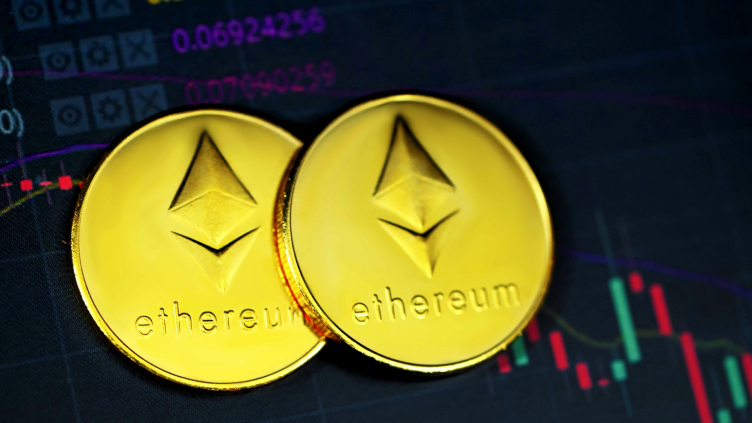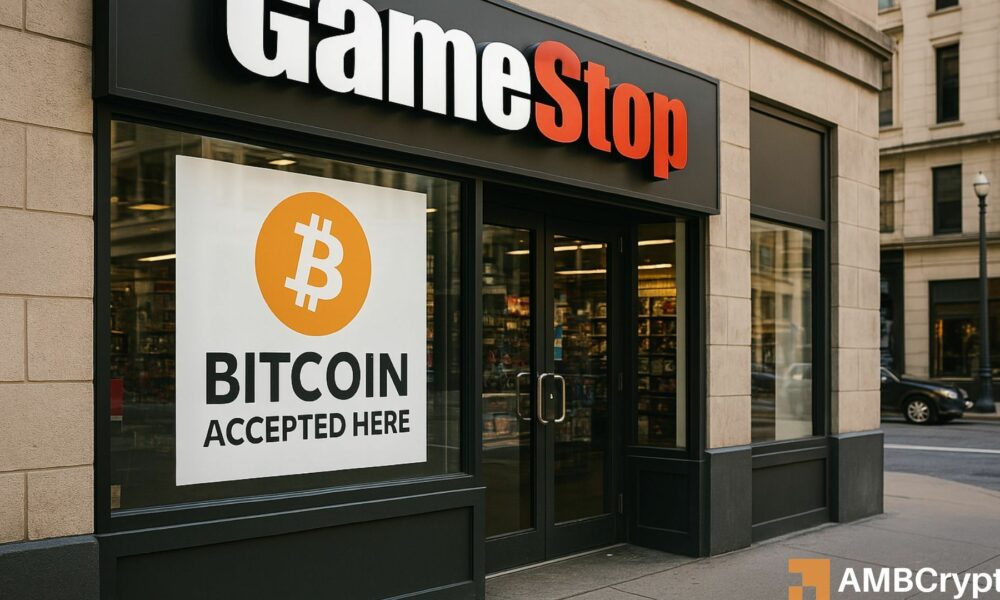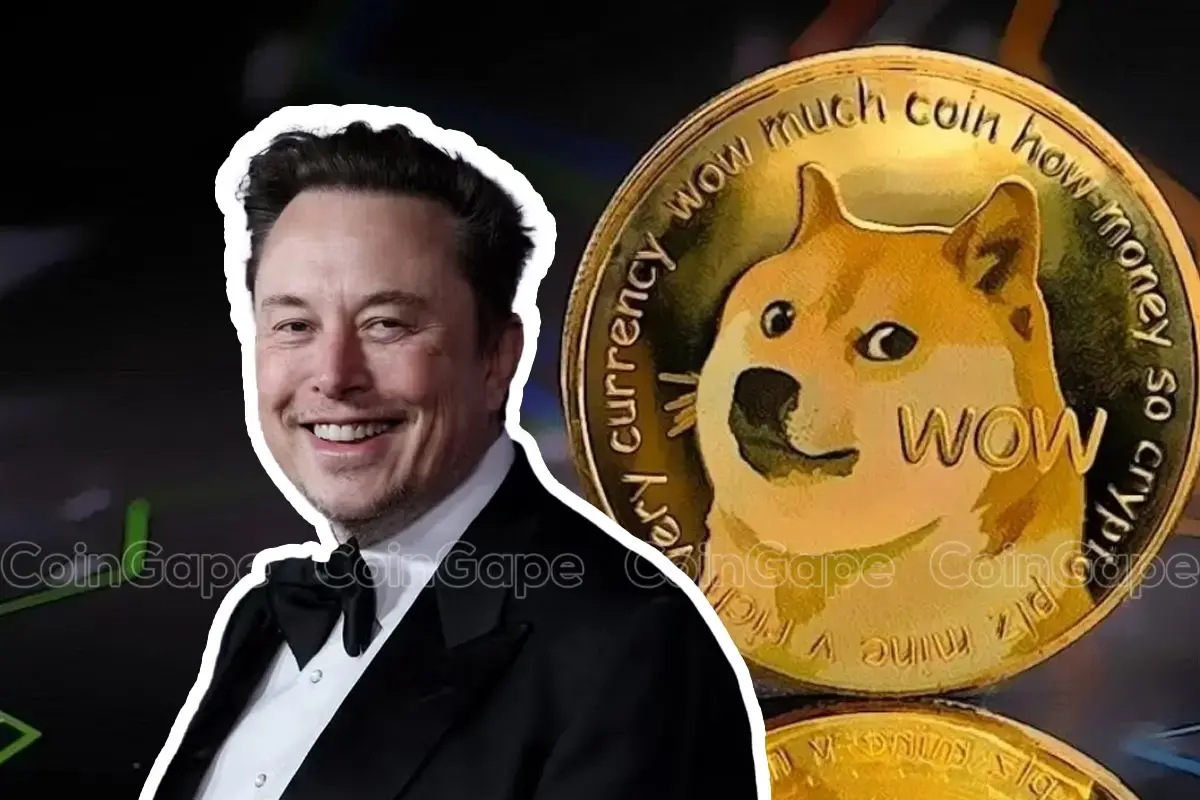Ethereum’s Stablecoin Dominance: USDC and USDT Lead the Charge
Ethereum, the open-source blockchain platform, has been making waves in the crypto world once again. With an impressive $850 billion in transaction volume recorded last month, Ethereum continues to solidify its position as a major player in the digital economy. Two stablecoins, US Dollar Coin (USDC) and Tether (USDT), have been leading the charge in this impressive market activity.
USDC and USDT: The Stablecoin Giants
USDC and USDT are two stablecoins that aim to maintain a stable value, pegged to the US dollar. They have gained significant traction due to their ability to offer the benefits of cryptocurrencies, such as fast and secure transactions, while mitigating the volatility often associated with other digital assets.
USDC, issued by Circle, has seen remarkable growth in 2021. In June, it surpassed <$25 billion in total supply, making it the second-largest stablecoin by market capitalization. USDC is backed by a reserve of assets, including cash and cash equivalents, and short-term U.S. Treasury securities. The coin is accepted by a growing number of merchants and platforms, making it increasingly convenient for users to transact with.
USDT, issued by Tether, has been a long-standing leader in the stablecoin market. With a market capitalization of over <$60 billion, it remains the largest stablecoin by market capitalization. USDT is also backed by a reserve of assets, primarily composed of commercial paper and other short-term debt securities.
Impact on Individuals: Seamless Transactions and Financial Inclusion
For individuals, the dominance of Ethereum in the stablecoin market brings several advantages. Stablecoins offer a more stable store of value compared to other cryptocurrencies, making them an attractive option for those looking to transact, save, or invest in digital assets. The massive transaction volume recorded on Ethereum also means faster and more secure transactions, providing a more efficient alternative to traditional financial systems.
Moreover, stablecoins can help promote financial inclusion, particularly in regions where access to traditional banking services is limited. Users in these areas can now transact and store value using stablecoins, opening up new opportunities for economic growth and financial stability.
Impact on the World: Disrupting Traditional Finance and Bridging the Gap
The dominance of Ethereum in the stablecoin market also signifies a significant shift in the financial landscape. Stablecoins have the potential to disrupt traditional financial systems by offering faster, cheaper, and more accessible financial services. This could lead to increased competition among financial institutions and regulatory bodies, forcing them to adapt and innovate to remain competitive.
Furthermore, stablecoins can act as a bridge between traditional and decentralized financial systems. They can be used to convert fiat currency into digital assets, making it easier for users to access and interact with decentralized finance (DeFi) applications and platforms. This could lead to a more interconnected and accessible financial ecosystem, where users have more control over their financial data and transactions.
Conclusion: A Bright Future for Ethereum and Stablecoins
The dominance of Ethereum in the stablecoin market, with USDC and USDT leading the charge, is a clear indication of the growing importance of decentralized finance and digital assets in our global economy. The advantages offered by stablecoins, such as stability, security, and accessibility, make them an attractive alternative to traditional financial systems for individuals and businesses alike.
As the market for stablecoins continues to grow, we can expect to see increased adoption and innovation in this space. This could lead to a more interconnected and accessible financial ecosystem, where users have more control over their financial data and transactions. The future looks bright for Ethereum and stablecoins, and it’s an exciting time to be a part of this evolving financial landscape.





